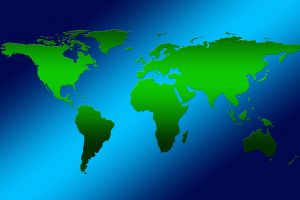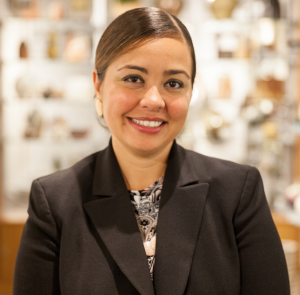Foundations are young, concentrated in certain areas but growing elsewhere around the globe. They’re also relatively small despite well-known big names in the foundation world and yet most do not collaborate.
Those are some of the findings within The Global Philanthropy Report, produced by researchers at Harvard Kennedy School’s Hauser Institute for Civil Society, with funding from UBS. The report was developed over three years with input from 20 research teams across 19 countries and Hong Kong.
“This report takes a much-needed step towards understanding global philanthropy so that, collectively, we might shape a more strategic and collaborative future, with philanthropists leading the way towards solving the great challenges of our time,” said Josef Stadler, head ultra high net worth wealth at UBS Global Management.
Globally, almost three-quarters (72 percent) of foundations were established in the past 25 years, and 44 percent were established in this century.
Of the more than 260,000 foundations identified by the report, 60 percent (more than 155,000) are based in Europe and 35 percent (almost 92,000) are based in North America. The United States accounts for 86,203 foundations, by far the most of any nation, followed by Germany (20,700) and Hungary (20,678), the only other nations that eclipsed 20,000.
Despite combined assets of almost $1.5 trillion, half of the foundations have no paid staff and budgets of less than $1 million. Nine out of 10 identified foundations have assets of less than $10 million.
Almost 60 percent of foundations identified do not collaborate with other foundations. UBS established the Global Philanthropists Community in 2015, with more than 400 members, the largest private network for philanthropists and social investors to try to facilitate collaborating and share best practices.
Consistent with the number of foundations, expenditures also are concentrated within foundations in those two continents, accounting for 94 percent of expenditures overall. Likewise, assets are concentrated in Europe and the United States, with almost 157,000 philanthropies in 22 nations and Hong Kong holding nearly $1.5 trillion in assets. Some $890 billion in assets are found with the U.S. alone.
As a percentage of Gross Domestic Product (GDP), foundation assets rarely eclipse even 3 percent, with only six examples. In the U.S., they are 4.8 percent, and Italy stands at 4.7 percent, with outliers in Netherlands (14 percent) and Switzerland (13.3 percent). Also surpassing 3 percent are the United Kingdom (3.2 percent) and Hong Kong (3.3 percent).
Average spending by foundations varies but the average is slightly less than $1 million, at $939,208. Among 18 countries, the average spend rate is 10.3 percent. In the U.S., the average is 9 percent while foundations in Latin America average 13 percent, ahead of Europe’s 12 percent average, led by Spain (37 percent), France (34 percent) and Germany (24 percent).
Among the wide disparities in assets, spending and other characteristics, there is one consistency among the globe’s foundations: Education is the top philanthropic priority, overall and among each continent. Some 35 percent of foundations focus on education, which was the top priority among all continents. Overall, other top priorities were human services/social welfare, 21.2; health at 20.4 percent; arts and culture, 17.7 percent, and poverty alleviation, 16.3 percent.
Paula Johnson, senior research fellow at Harvard Kennedy School, called the report a milestone in understanding of philanthropy around the world. “Thanks to the collaboration of an extraordinary group of global researchers, we are beginning to appreciate the magnitude and vitality of the global foundation sector,” she said.
The entire 42-page report can be downloaded here: https://www.ubs.com/global/en/wealth-management/uhnw/philanthropy/shaping-philanthropy.html












